All the books we recommended in 2023
Some of them were new this year, some of them are oldies-but-goodies. All 23 are worthy additions to your rewilding-adjacent bookshelf or your gift-giving list.
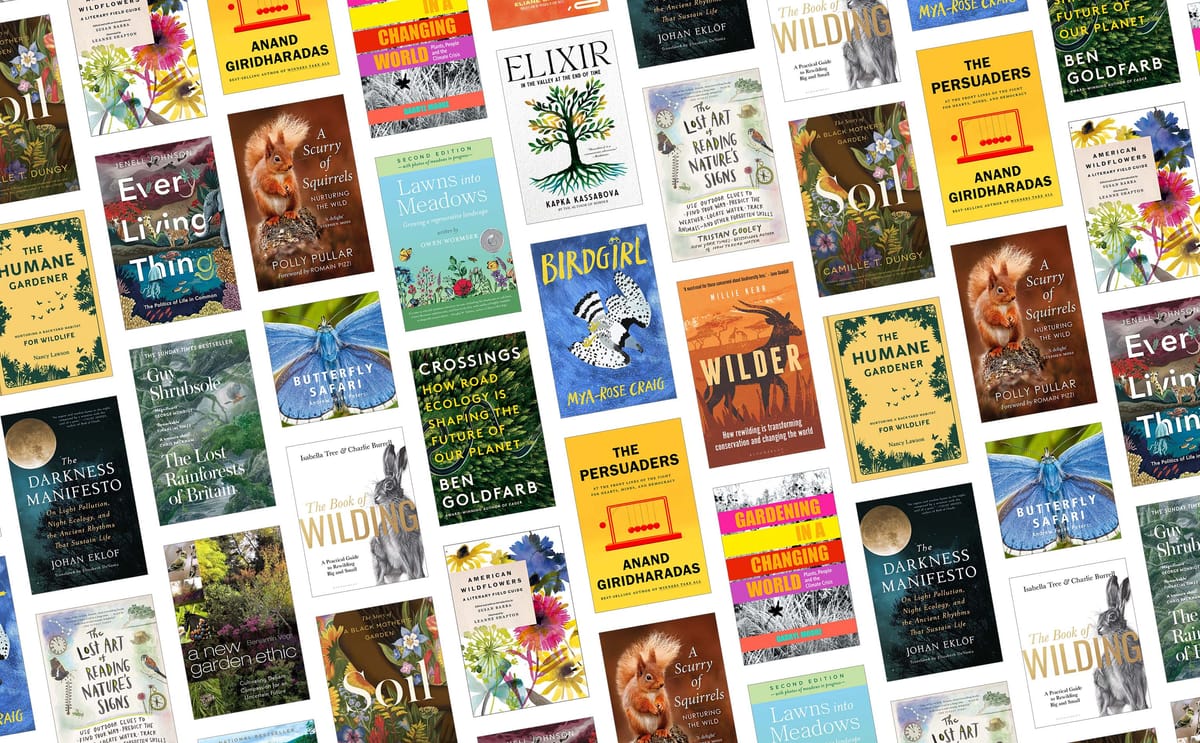
Maybe you’re looking for books to read for a cozy winter (or beachy summer), or perhaps your to-do list includes buying books for your nearest and dearest. Either way, we’ve got you covered. Here are 23 books we read and recommended in 2023, all perfectly on topic for anyone interested in learning more about rewilding and related subjects – or looking to get inspired for a wilder 2024.
P.S. Do you know of a rewilding-adjacent book we should include in the future? Let us know!
American Wildflowers: A Literary Field Guide
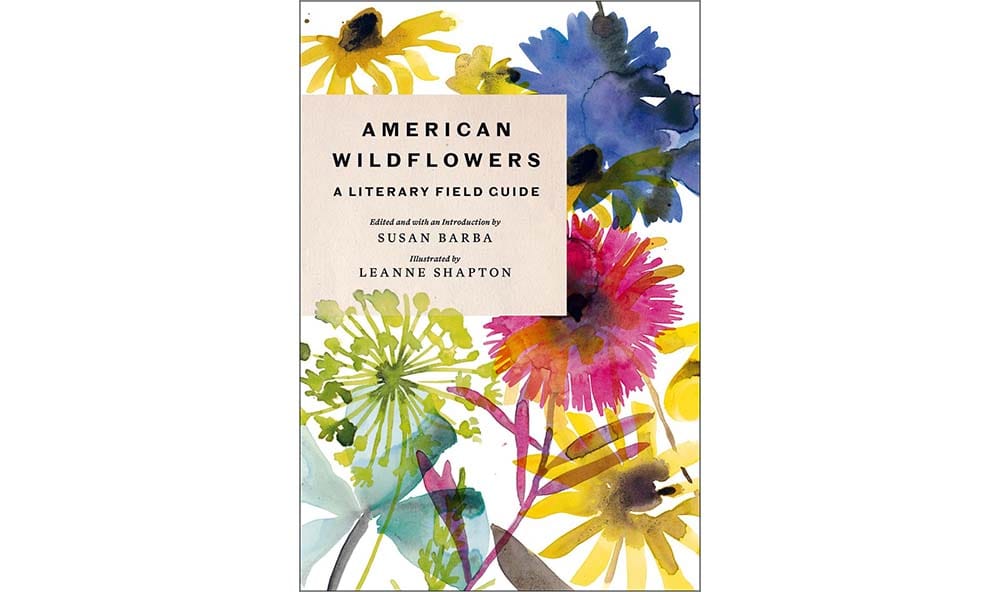
The authors: This collection includes works by poets, essayists and novelists classic and contemporary, among them Emily Dickinson, Camille Dungy, Robin Wall Kimmerer and Aldo Leopold. The volume was edited by Susan Barba, herself a poet and translator, and illustrated by Leanne Shapton.
The book: “American Wildflowers: A Literary Field Guide collects poems, essays and letters from the 1700s to the present that focus on wildflowers, their place in our culture and in the natural world.”
Our take: This beautiful book isn’t one you sit and read through all at once; rather, it begs to rest on a bedside table or next to your favourite chair to be flipped through at leisure. While its focus is American, Barba’s commitment to diversity means the texts are relatively broad in scope and appeal. “This book is an attempt to reacquaint myself and others with the wild beauty we live with,” she writes, “to reclaim that beauty from sentimentality, consumerism, preciosity, and exclusivity.”
How to Do Nothing
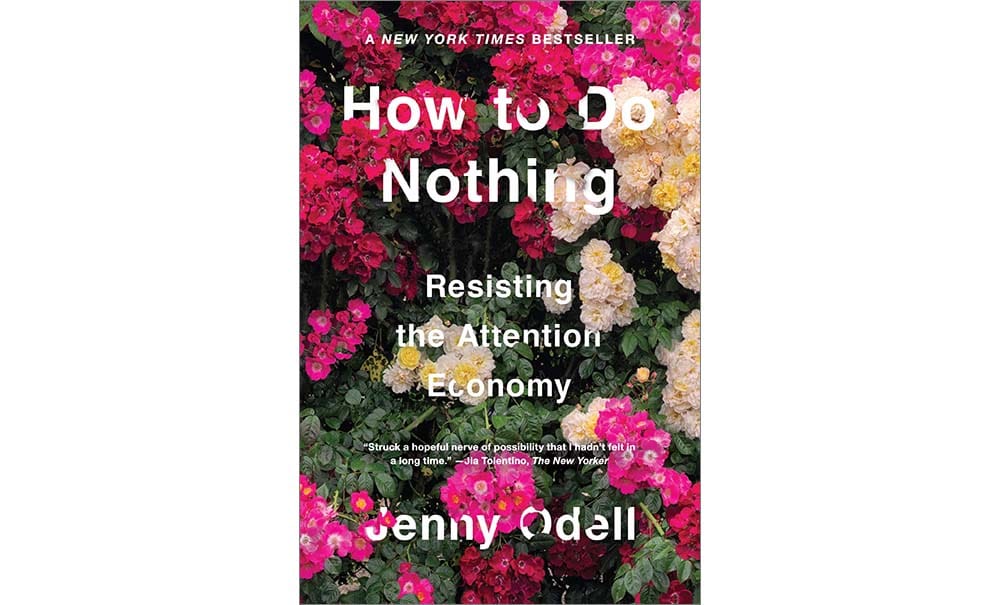
The author: Jenny Odell is a California-based writer and artist whose work focuses on “acts of close observation.”
The book: “Far from the simple anti-technology screed, or the back-to-nature meditation we read so often, How to do Nothing is an action plan for thinking outside of capitalist narratives of efficiency and techno-determinism. Provocative, timely and utterly persuasive, this book will change how you see your place in our world.”
Our take: This is a valuable read for anyone feeling overwhelmed by the world –by social media, definitely, but also the doom-and-gloom news cycle. Odell suggests many ways of combatting this fatigue, with nature being a recurring theme.
The concept of bioregionalism, for one, weaves throughout the chapters. As she explains: “Bioregionalist thought encompasses practices like habitat restoration and permaculture farming, but has a cultural element as well, since it asks us to identify as citizens of the bioregion as much as (if not more than) a state.” With this citizenship, she writes, comes a commitment to stewardship. And by viewing the world through this lens, you “render your reality differently.” This, in turn, changes how we act (and react). Which, if we do it right, makes things better for everyone – and everything – in our bioregion.
The Darkness Manifesto
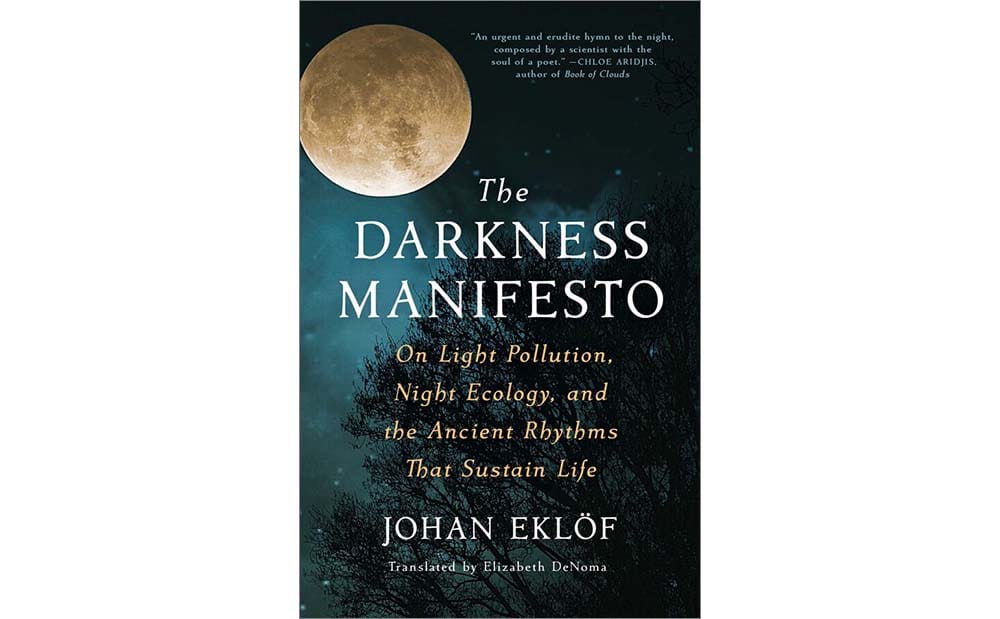
The author: Johan Eklöf is a Swedish bat scientist and writer.
The book: “In this book, Eklöf urges us to appreciate natural darkness, its creatures and its unique benefits. He ponders the beauties of the night sky, traces the errant paths of light-drunk moths and the swift dives of keen-eyed owls, and shows us the bioluminescent creatures of the deepest oceans. As a devoted friend of the night, Eklöf reveals the startling domino effect of diminishing darkness: insects, dumbfounded by streetlamps, failing to reproduce; birds blinded and bewildered by artificial lights; and bats starving as they wait in vain for insects that only come out in the dark.”
Our take: If you’ve not thought much about the broader impact of humanity’s brightness addiction, you’re not alone. This is an eye-opening read about why we and our fellow Earthlings need darkness, and a call to all of us to turn down the lights.
A Scurry of Squirrels
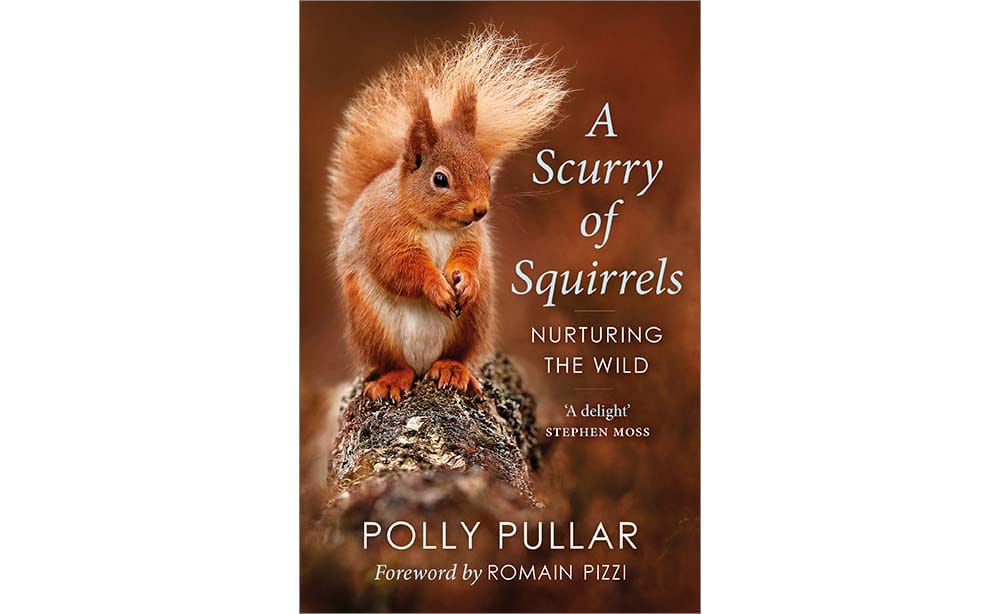
The author: Polly Pullar is a naturalist, conservationist, writer, photographer and wildlife rehabilitator who lives in the Scottish Highlands.
The book: “Scotland’s much-loved wildlife writer knows the red squirrel on a uniquely personal level, having hand-reared numerous kits. Here she reveals the squirrel’s history and natural history and shares entertaining anecdotes and personal experiences. This is also the story of her dedicated rehabilitation work not only with squirrels but also a wealth of other wildlife and documents an inspirational rewilding project on her small Perthshire farm.”
Our take: It’s the storytelling that really sings here, and Pullar doesn't hold back on explaining just how much effort and dedication it takes to bring sick, injured and abandoned wildlife back to health and, ideally, into independence. It’s the squirrels in particular that will capture your heart, particularly the trio of siblings rescued at just four days old and painstakingly raised to return to the forest – but not without the occasional visit home for a piece of melon. While the book makes it clear that rescuing wildlife isn't the right work for everyone, it gives readers a taste of that vocation and offers suggestions on how the rest of us can make our own contributions, too.
Gardening in a Changing World
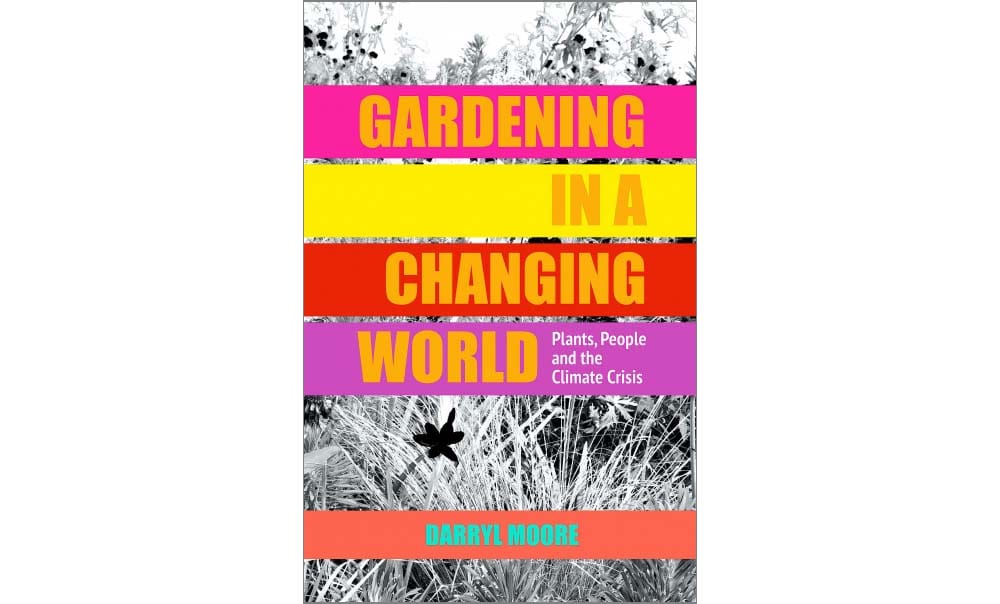
The author: Darryl Moore is a UK-based garden and landscape designer and writer who focuses on contemporary garden and landscape design and planting.
The book: “Recent developments in horticulture and plant science show us that we need to rethink our attitude to plants beyond purely aesthetic concerns, and to adopt more holistic approaches to how we design, inhabit and enjoy our gardens. He looks at the history of garden design, to show how we got to where we are today, and recommends ways of changing to new principles of sustainable ecological horticulture.”
Our take: This is not an easy, casual read: Moore’s writing style leans toward the academic and the text is dense with information. But those who want to learn more about the history of garden design and the reasons society should shift its landscaping mindset toward ecological principles – plus examples of how to do so – will find a lot to sink their teeth into.
Birdgirl
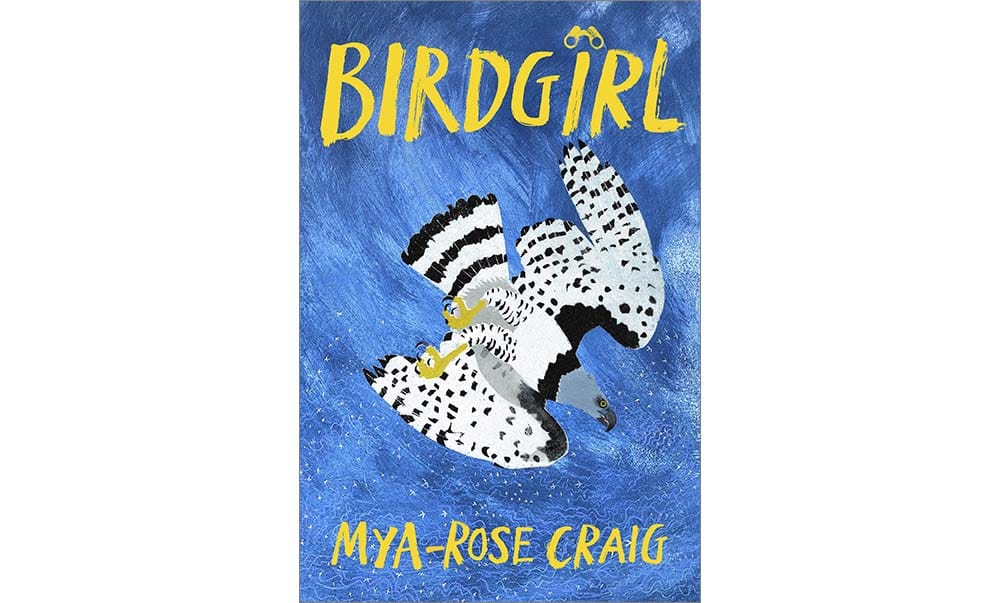
The author: Mya-Rose Craig is a British-Bangladeshi birder, environmentalist and diversity activist.
The book: “Since she was young, Craig has visited every continent to pursue her passion, seeing first-hand the inequality and reckless destruction we are inflicting on our fragile planet. And the simple, mindful act of looking for birds has made her ever-more determined to campaign for all our survival. This is her story; a journey defined by her love for these extraordinary creatures. Because large or small, brown, patterned or jewelled, there is something about birds that makes us, even for just moments at a time, lift our eyes away from our lives and up to the skies.”
Our take: For anyone who’s as into ornithology as Craig, the book’s vicarious birding all over the globe will be reward enough. For the rest of us, the demonstrated value of getting to know our feathered cousins a little better might be a prompt to upgrade our binoculars.
Wilder
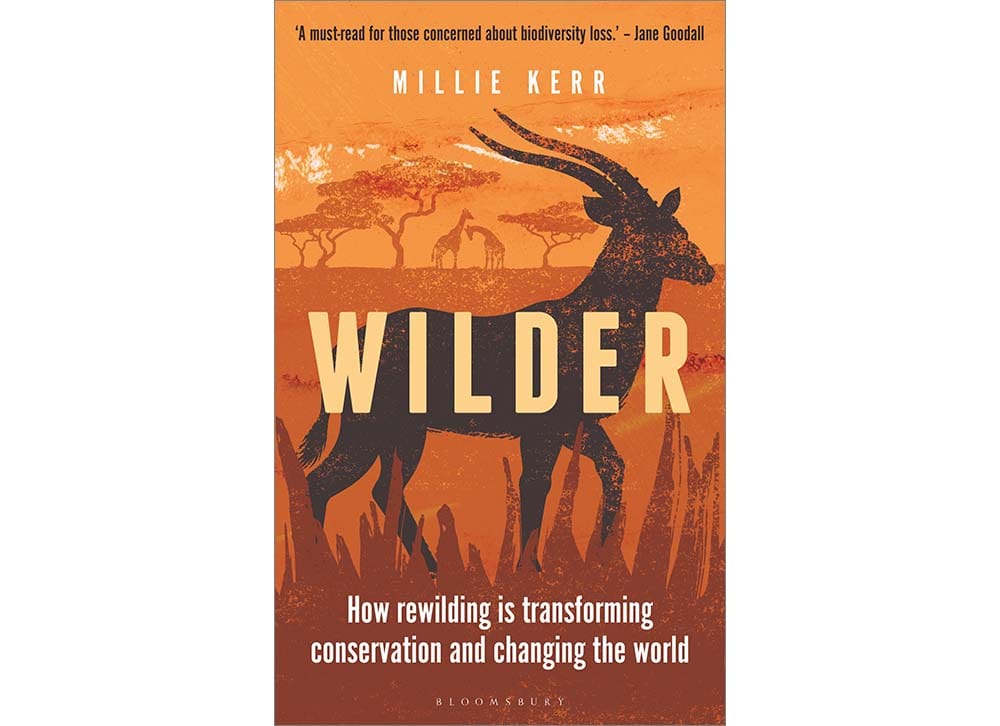
The author: Millie Kerr is a freelance journalist and conservation communicator.
The book: “Kerr considers the practicalities and possibilities of ecological restoration around the world, while exploring first-hand some of the most ambitious undertakings occurring today, many of which involve species reintroductions in the Global South. Wilder details the return of jaguars to an Argentinian national park, the first-ever pangolin reintroduction project in South Africa and the ways in which giant tortoises are aiding the recovery of ecosystems throughout the Galápagos Islands, among many others.”
Our take: Rewilding tourism is a thing, but there are many projects around the world that the general public simply can’t (or shouldn’t) visit. Wilder gives us a chance to armchair-travel around the world and gain insight into a huge range of rewilding projects that are finding success. It’s all part of Kerr’s goal of fuelling conservation optimism: amplifying solutions and the people pushing them forward to inspire us all to make a bigger difference.
Read an interview with the author:

Lawns into Meadows
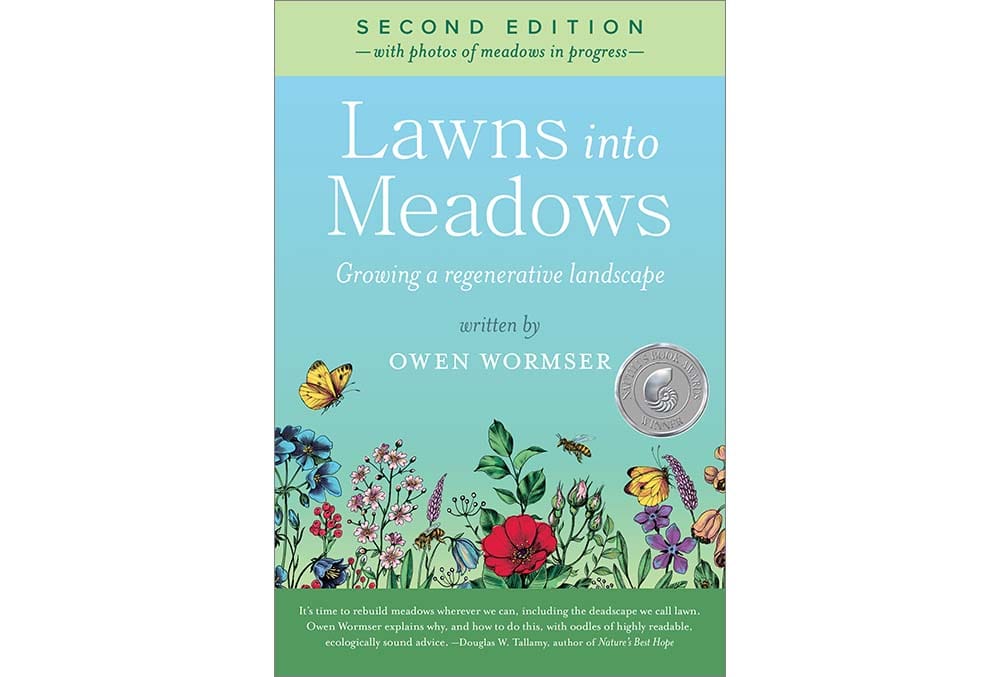
The author: Owen Wormser is a Massachusetts-based landscape architect who focuses on regenerative, low-maintenance practices.
The book: “This how-to book on growing your own wildflowers and native grasses is also about sustainability, regeneration and beauty. In a world where lawns have wreaked havoc on our natural ecosystems, meadows offer a compelling solution. It is garden landscaping that is beautiful, all year round.”
Our take: This is a useful guide for North Americans who want to plant meadows that are both attractive and integrated into local ecologies. Wormser goes into species selection, planting plans and design ideas, plus offers a sample list of species to consider for various regions. Case studies and a gallery of photos give examples, while a Q&A covering common issues (like how to get your neighbours on board) is a helpful conclusion.
Read an excerpt:
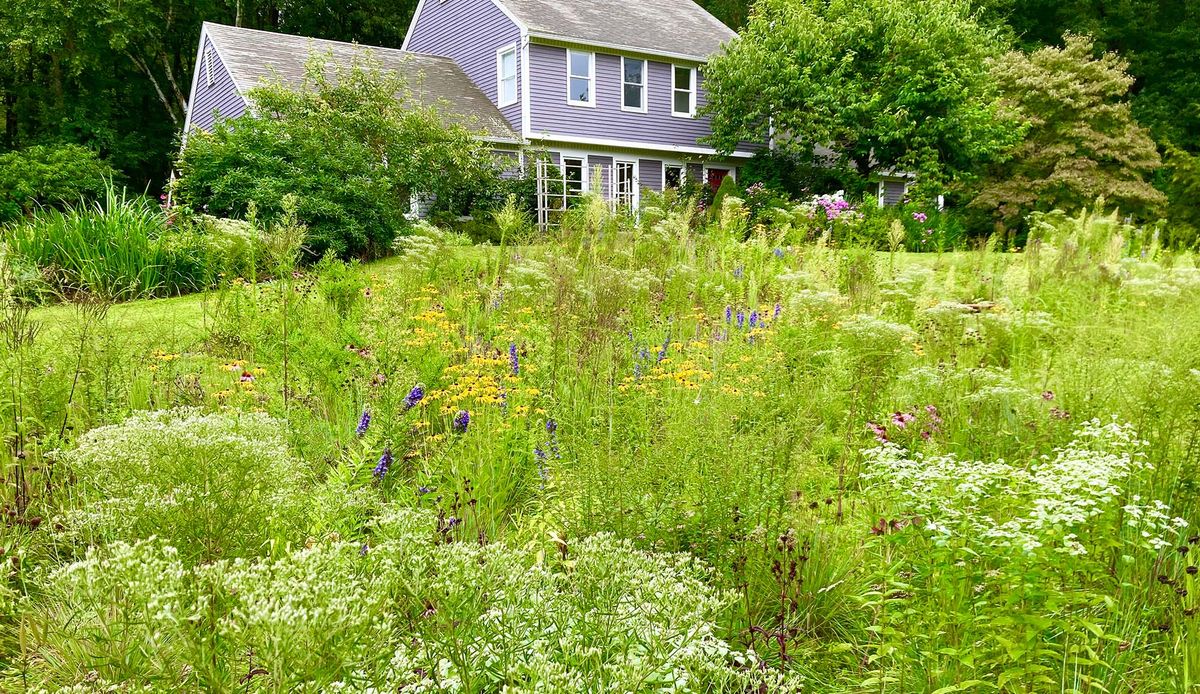
The Lost Art of Reading Nature's Signs
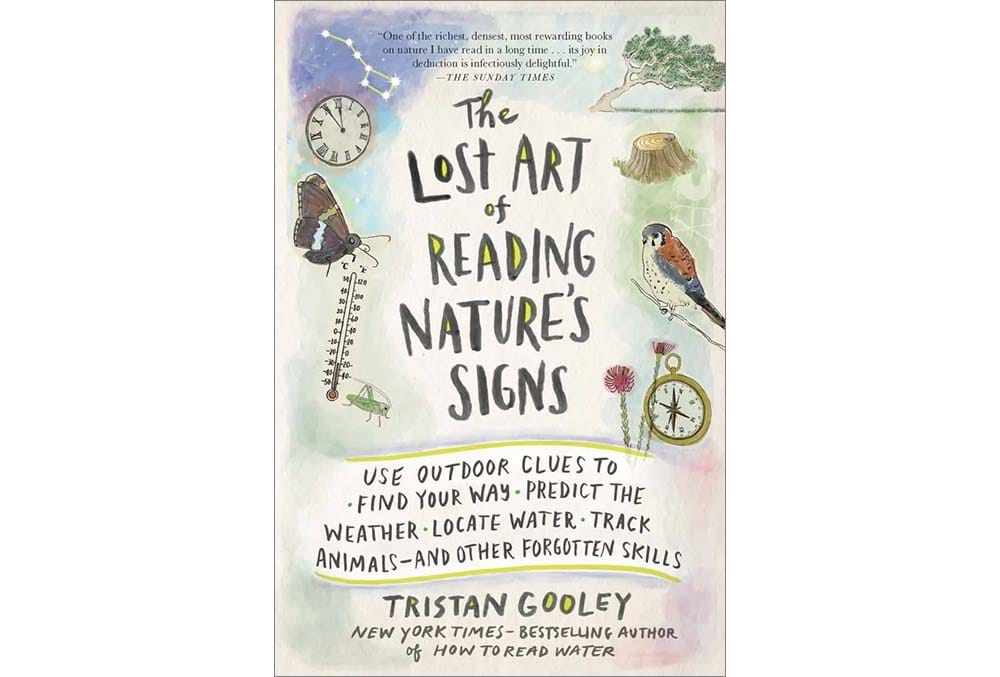
The author: Tristan Gooley is an author and natural navigator who has spent decades hunting for clues and signs in nature, across the globe.
The book: “The ultimate guide to what the land, sun, moon, stars, trees, plants, animals, sky and clouds can reveal – when you know what to look for. As well as the most comprehensive guide to natural navigation for walkers ever written, it contains clues for weather forecasting, tracking, city walks, coast walks, night walks and dozens of other areas.”
Our take: As Gooley alludes to in the title, he’s not really sharing anything new here; go back just a couple of generations and plenty of people knew these things. But so many of us have lost touch with nature in a profound way – and that’s part of why it’s being trashed. So learn some “tricks,” share your knowledge and spread some wonder.
Butterfly Safari
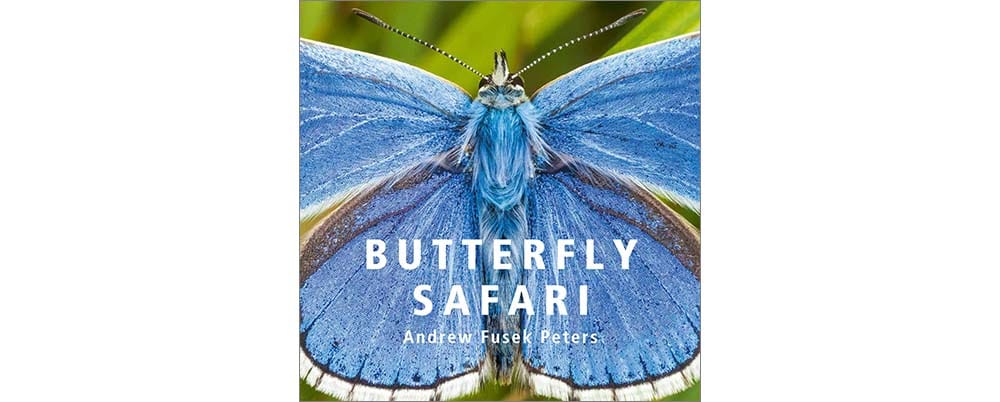
The author: Andrew Fusek Peters is a UK-based wildlife and landscape photographer.
The book: Peters travelled around the UK for five years documenting British butterflies. The book’s photos include close-ups of wing scales, eggs, eyes and antennae as well as innovative flight shots and aerial sequences.
Our take: This book is a stunner, and anyone interested in getting up close and personal with Britain’s 58 native butterflies will appreciate its imagery and explanations. Dare we say, it would make a wonderful gift.
Read an interview with the author (and see some of the photos):
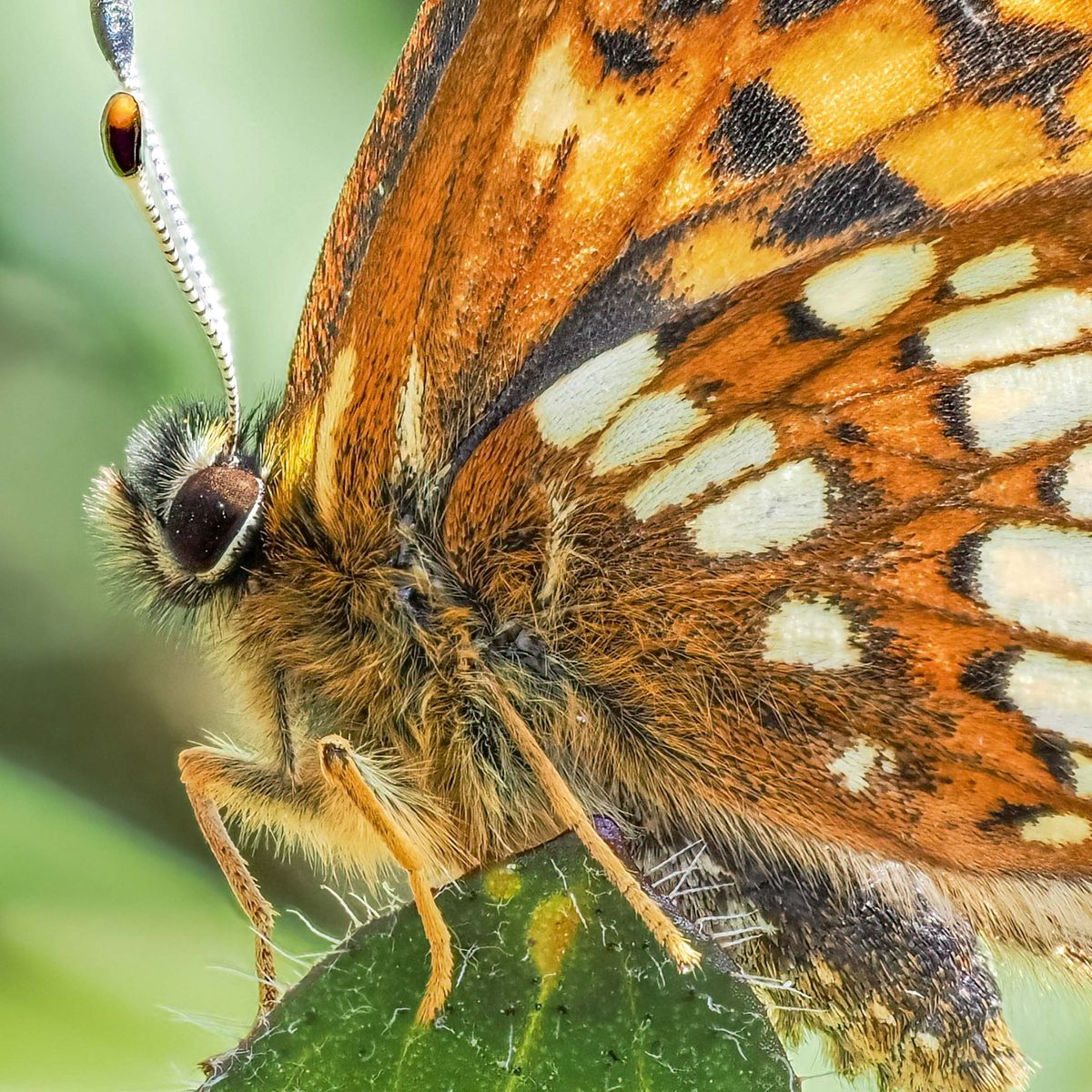
A New Garden Ethic
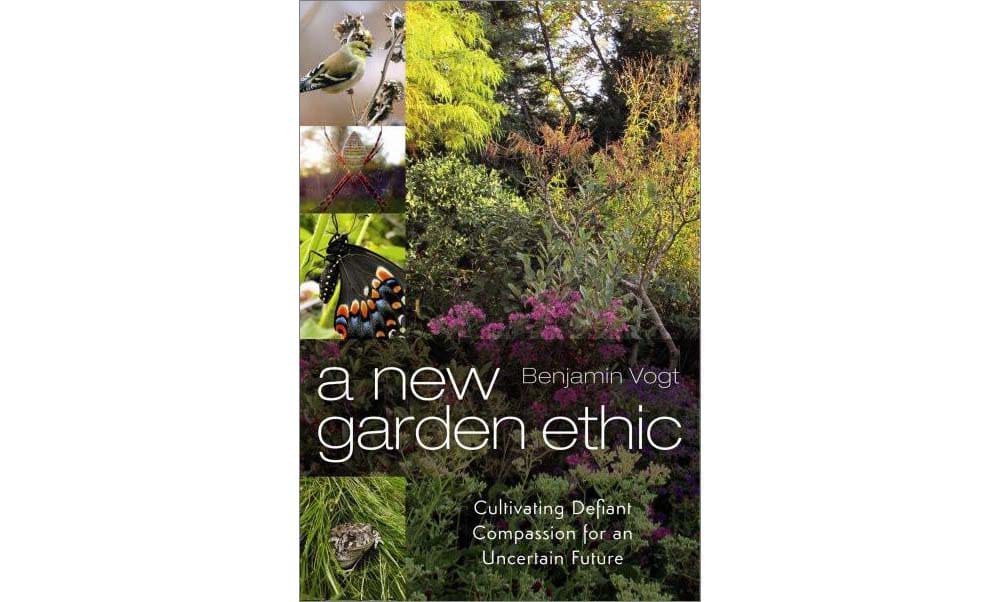
The author: Benjamin Vogt is proprietor of Monarch Gardens, a prairie-inspired design firm in Nebraska.
The book: “Vogt addresses why we need a new garden ethic, and why we urgently need wildness in our daily lives. He examines the psychological issues around climate change and mass extinction as a way to understand how we are short-circuiting our response to global crises, especially by not growing native plants in our gardens.”
Our take: If you’re looking for a guide to rewilding your garden, this isn’t the book. (Vogt's Prairie Up might be what you need instead.) Rather, this is a volume to read and ponder, as he explores the reasons we should be gardening with native plants and rethinking our philosophies of tending the land. Gardens won’t save the world, he points out, but they can be a catalyst. “If we can ask our gardens to be more, then maybe we can be more,” he writes – “maybe we can refocus who we are and become greater than we dreamed.”
The Persuaders
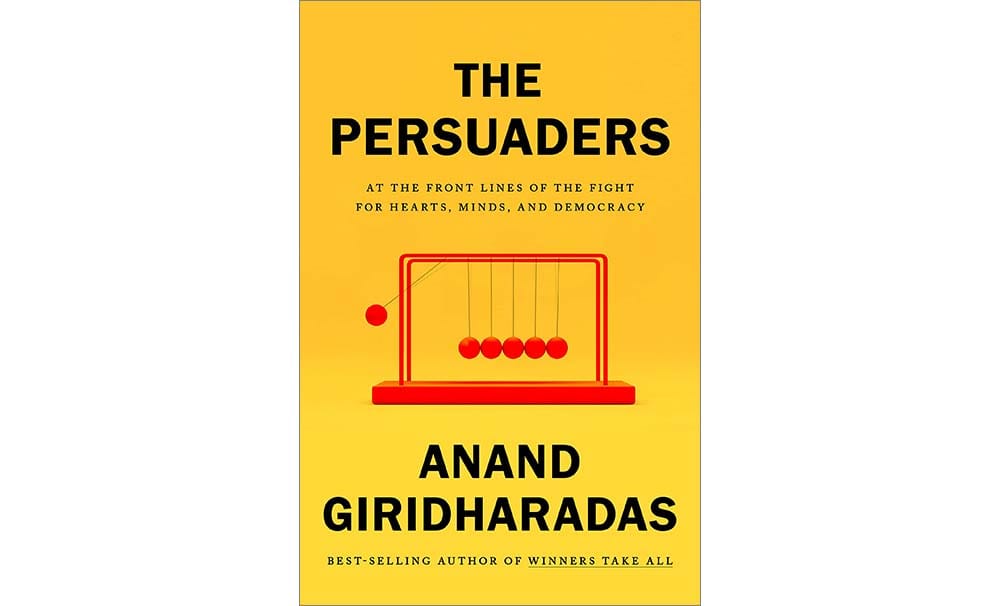
The author: Anand Giridharadas is a former foreign correspondent and columnist for The New York Times who has also written for The New Yorker, The Atlantic and Time.
The book: “In The Persuaders, Anand Giridharadas seeks out the dissenters who continue to champion persuasion in an age of polarization. We meet a leader of Black Lives Matter; a trailblazer in the feminist resistance to Trumpism; white parents at a seminar on raising adopted children of color; Bernie Sanders and Alexandria Ocasio-Cortez; a team of door knockers with an uncanny formula for changing minds on immigration; an ex-cult member turned QAnon deprogrammer; and, hovering menacingly offstage, Russian operatives clandestinely stoking Americans’ fatalism about one another.”
Our take: The book is heavily grounded in American politics, which might make it seem a million miles away from rewilding. And Giridharadas may have spent a few too many pages discussing the relative persuasion styles of left-wing politicians Sanders and Ocasio-Cortez. But throughout, there are plenty of useful tips for how the right kind of communications can persuade people to join your cause rather than raise their defenses.
Overall, The Persuaders is a lesson in opening our minds, truly listening to one another and respecting the value of emotions alongside – even above – facts. Which makes the book valuable to everyone who's a citizen of this blue marble called Earth.
Soil

The author: Camille T. Dungy is an American writer and University Distinguished Professor at Colorado State University.
The book: “In resistance to the homogenous policies that limited the possibility and wonder that grows from the earth, Dungy employs the various plants, herbs, vegetables and flowers she grows in her garden as metaphor and treatise for how homogeneity threatens the future of our planet, and why cultivating diverse and intersectional language in our national discourse about the environment is the best means of protecting it.”
Our take: Dungy’s storytelling about gardening and nurturing the Earth is poetry enough. But it’s her parallel explorations of Black history and the conservation movement’s questionable beginnings that add depth to this book – and show us why tending the land matters for multiple reasons. “Gardens, history, and hope are the same,” she writes. “Though once dearly beloved, if left untended, without anyone’s dedication and care, much will be totally lost.”
The Lost Rainforests of Britain
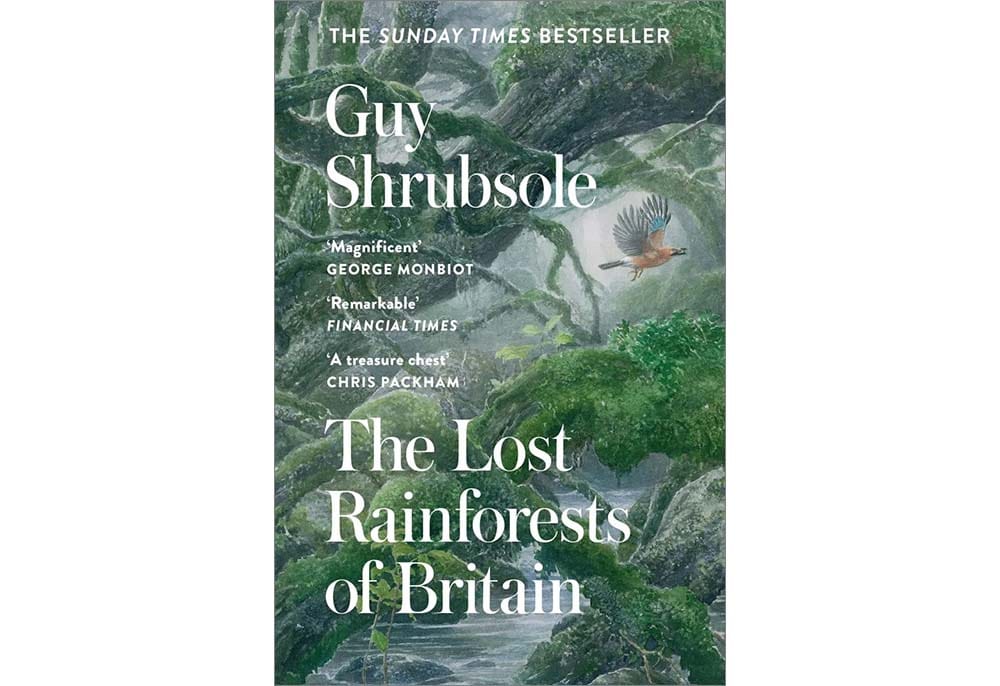
The author: Guy Shrubsole has written for publications including the Guardian and New Statesman and is a former campaigner and investigator for Friends of the Earth.
The book: “Temperate rainforest may once have covered up to one-fifth of Britain, inspiring Celtic druids, Welsh wizards, Romantic poets and Arthur Conan Doyle’s most loved creations. Though only fragments now remain, they are home to a dazzling variety of luminous life forms. In this awe-inspiring investigation, Guy Shrubsole travels through the Western Highlands and the Lake District, down to the rainforests of Wales, Devon and Cornwall to map these spectacular lost worlds for the first time.”
Our take: In this well-researched but also delightful read, Shrubsole takes us through the history of these forests, combining hard (and sobering) facts with myths from the Welsh stories of The Mabinogion and quotes from Tolkein’s Lord of the Rings. A handful of photo pages show realms seemingly out of fantasy movies: These are kingdoms of mossy boulders, frilly ferns and twisted branches. He also shares a roadmap for the future, with a chapter on what can be done to bring back these almost forgotten worlds. And, bless him, he includes endnotes and an index. Suitably for a book about rainforests, it is far from dry.
The Humane Gardener
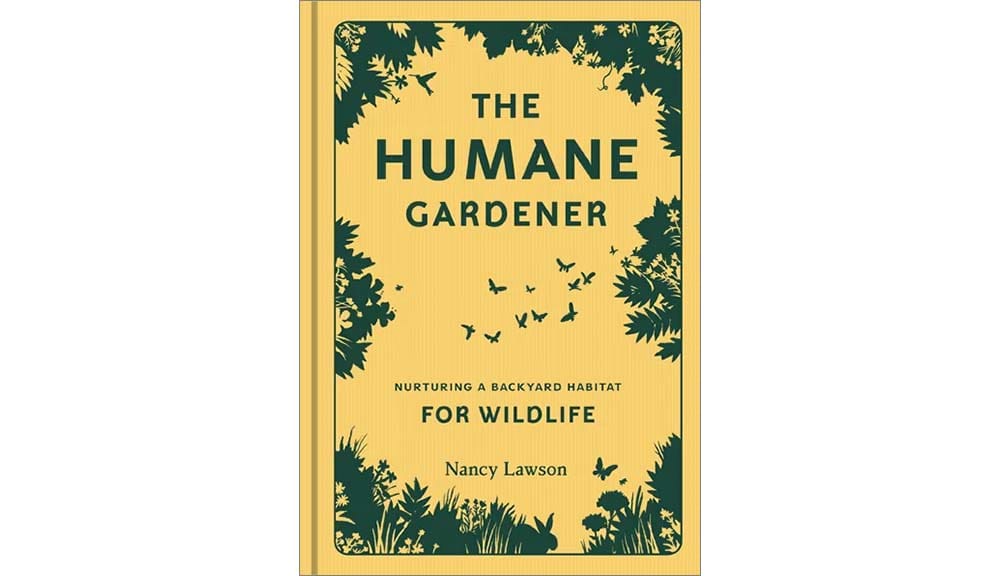
The author: Nancy Lawson is the founder of Humane Gardener, an outreach initiative dedicated to animal-friendly landscaping methods.
The book: “In her eloquent plea for compassion and respect toward all species, Lawson describes why and how you should welcome wildlife to your backyard and illustrates simple principles for both attracting wildlife and peacefully resolving conflicts with all the creatures who share our world.”
Our take: This book is probably too introductory-level for a lot of our readers. But for those who are rewilding-curious or non-gardeners open to getting started, it’s an eye-opening, useful and beautiful read.
God Is an Octopus
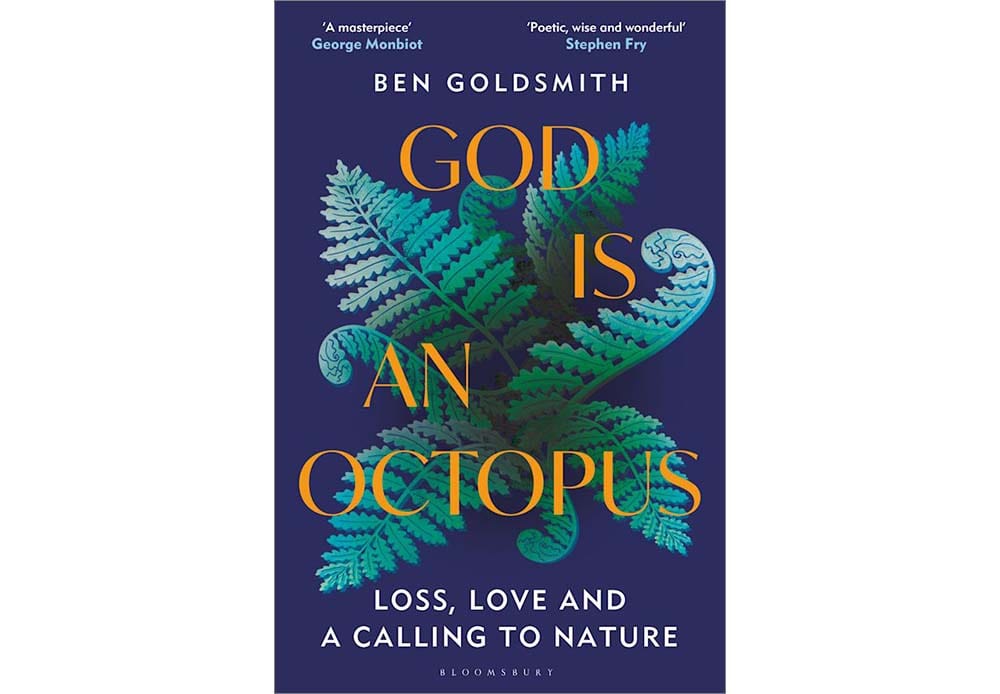
The author: Ben Goldsmith is a rewilding and green-investment advocate who worked for five years as a director of the UK government’s Department for Environment, Food and Rural Affairs.
The book: In God Is an Octopus, Goldsmith recounts the accidental death of his teenage daughter Iris, and brings readers along on his journey to find some meaning in the aftermath. He speaks with members of various faiths and believers of mystical ideas, but ultimately it is nature, and the rewilding of the family farm, that brings him hope.
Our take: This is not a detailed account of Goldsmith’s rewilding project, but rather a raw portrait of a man drowning in grief. It is sad, of course, but it is also touching, funny, enlightening and, at moments, simply wondrous. Goldsmith is one of those authors who writes as he speaks, which works well when telling such a personal narrative. His energy – at its highs and lows – radiates from the pages. At times you wish you could give him a big hug; at others you long to be pitching in as he reshapes the land. And while it seems an odd mishmash of topics occasionally – going from beavers to reincarnation – it works. He heals nature; nature heals him. And out of that comes a book of boundless optimism.
Every Living Thing
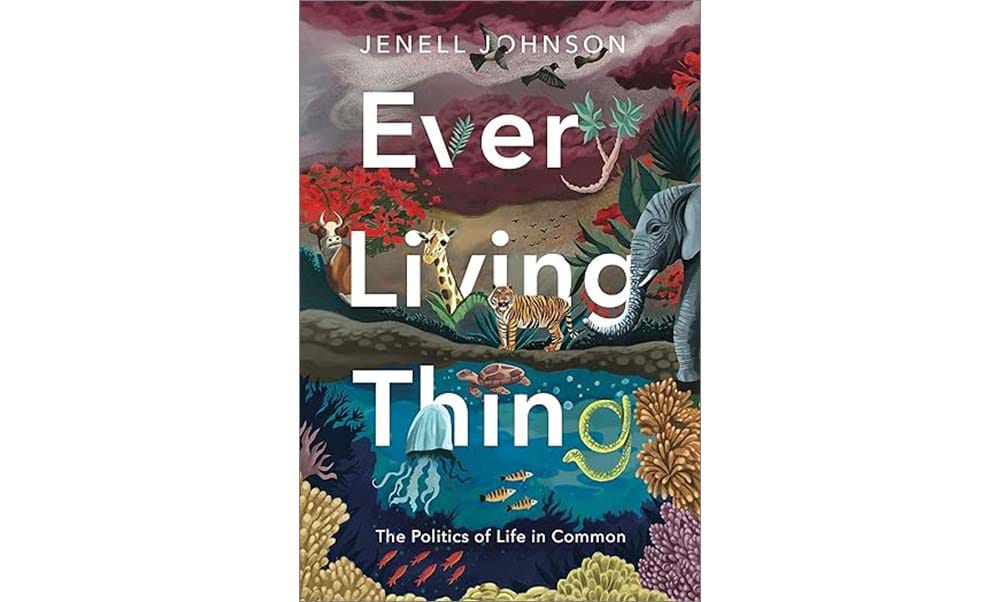
The writer: Jenell Johnson is associate professor of Rhetoric, Politics and Culture at the University of Wisconsin–Madison.
The book: “This book examines the question of what we mean when we talk about life, revealing new insights into what life is, what it does and why it matters. Johnson studies arguments on behalf of life – not just of the human or animal variety, but all life. What she reveals is that this advocacy expands our view of what counts as life and shows us what it would mean for the moral standing of human life to be extended to life itself.”
Our take: Have you ever thought about what life really is – and what it does? This academic text explores the concept and takes it further, to what the author calls “vital advocacy”: using life itself as “the subject of political action,” such as during the Standing Rock Sioux tribe’s fight for water. “Life may not exist, per se, but nothing is more important,” she writes. “Life may not exist, per se, but it must be protected at all costs.”
Tenacious Beasts
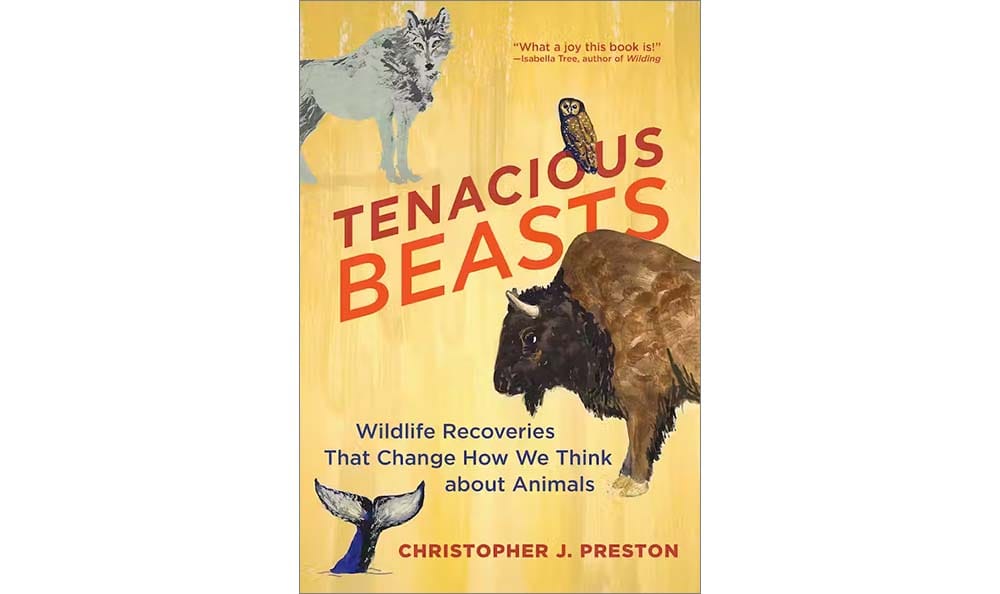
The editor: Christopher J. Preston teaches environmental philosophy at the University of Montana and has written for The Atlantic, Smithsonian and Aeon.
The book: Preston draws examples from various parts of the world – mainly Europe and North America, he acknowledges – to paint a picture of ecosystems where wildlife and humans are learning to flourish alongside one another. From wolves in the Netherlands to salmon in Washington State, he explores the conditions that have allowed these creatures to carve out a new niche: The ecological and the cultural, it turns out, are both wildly important.
Our take: If rewilding is about shaping a better future, not recreating the past, then we need models of how that might actually work – for both scientific value and inspiration. Tenacious Beasts offers such examples, giving insight into how wildlife populations might actually rebound, should humans open up the opportunity. That doesn’t make this book optimistic, per se – the situation is still dire. But it does offer more than a glimmer of hope.
The Book of Wilding
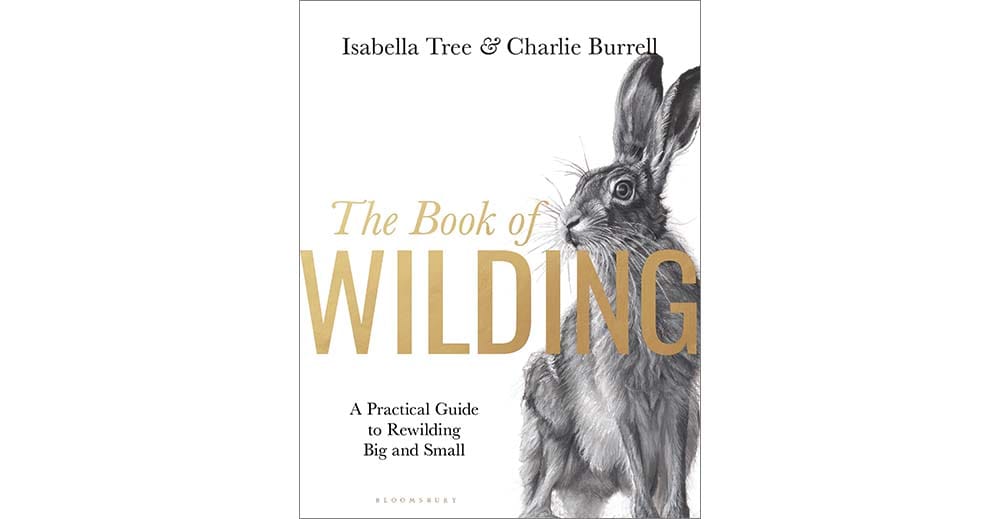
The authors: Isabella Tree is author of the award-winning book Wilding. She and her husband, Charlie Burrell, live on and manage Knepp estate in West Sussex, England, known as one of the UK’s premier rewilding projects.
The book: “The Book of Wilding is a handbook for how we can all help restore nature. The book has grown out of Isabella and Charlie’s mission to help rewild Britain, Europe and the rest of the world by sharing knowledge from their pioneering project at Knepp in Sussex. It is inspired by the requests they receive from people wanting to learn how to rewild everything from unprofitable farms, landed estates and rivers, to ponds, allotments, churchyards, urban parks, gardens, window boxes and public spaces.”
Our take: As an oversize volume with more than 500 pages, this isn’t the kind of book you curl up in an armchair with for a few cozy evenings. It’s more of a coffee-table or deskside tome with a purpose. (It is also, unsurprisingly, UK focused, though not in a way that makes it unhelpful for everyone else.) But for anyone interested in making rewilding happen on their own land and elsewhere, it’s an essential compendium of knowledge and tips from a couple who’ve made rewilding – wilding – their lives’ work.
Elixir
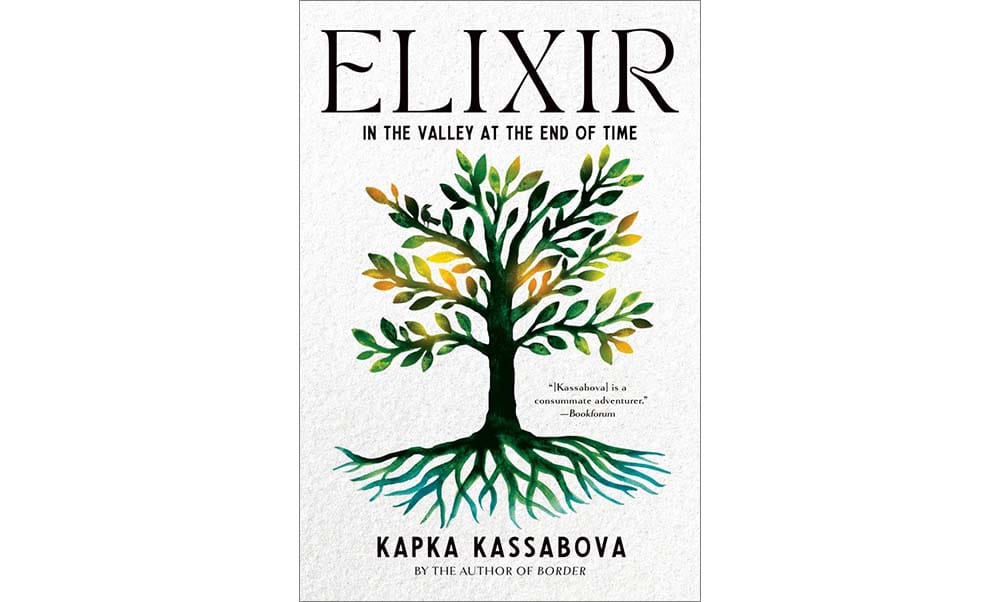
The writer: Kapka Kassabova is a writer of narrative nonfiction, poetry and fiction who grew up in Sofia, Bulgaria, and lives in the Scottish Highlands.
The book: “In a wild river valley and amid the three mountains that define it, Kassabova seeks out the deep connection between people, plants and place. She reflects on what being disconnected from place can do to our souls and our bodies. Yet, in her search for elixir, she also finds reasons for hope. The people of the valley are keepers of a rare knowledge, not only of mountain plants and their properties, but also of how to transform collective suffering into healing.”
Our take: Kapka Kassabova is a beautiful writer who excels in describing people and places – in this case, residents of one corner of the Bulgarian mountains. There’s history in here, and some politics too, but above all, the book is an exploration of some of the ways humans have lived in harmony with the natural environment, and how we might do so again.
Crossings
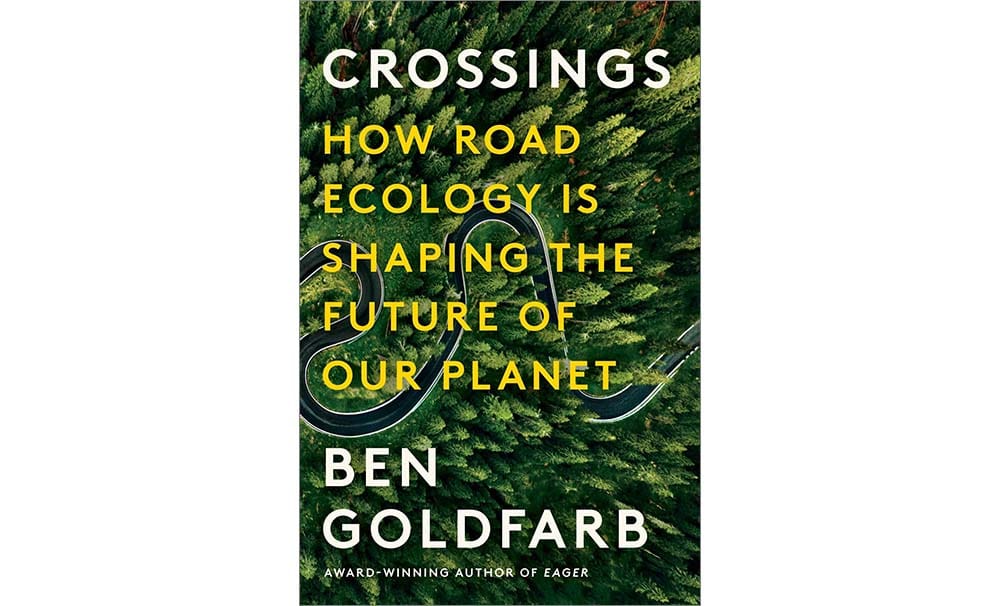
The author: Ben Goldfarb is a Colorado journalist whose previous work includes Eager: The Surprising, Secret Life of Beavers and Why They Matter.
The book: “Some 40 million miles of roadways encircle the earth, yet we tend to regard them only as infrastructure for human convenience. While roads are so ubiquitous they’re practically invisible to us, wild animals experience them as entirely alien forces of death and disruption. In Crossings, environmental journalist Ben Goldfarb travels throughout the United States and around the world to investigate how roads have transformed our planet.”
Our take: Spoiler alert: There is a lot of roadkill in this book. It’s hard not to be upset by the scale of the damage, which goes well beyond the direct effects of vehicle strikes; roads also affect salmon, birds, butterflies and other creatures we don’t notice the way we do a flattened mammal. But Ben (who’s a friend with whom I share a crucial freelance science writers’ support group) finds the helpers, the people who are figuring out how to mitigate the harm, and brings the stories of their work vividly to life.
Ranging from Alaska to Tasmania and beyond, Crossings is sometimes bleak but often funny, always readable and vitally important. I’d like to buy copies for every major transportation policymaker in the world, but in the meantime I’ll settle for this: I urge you to check it out.
– Eva Holland
Pastoral Song
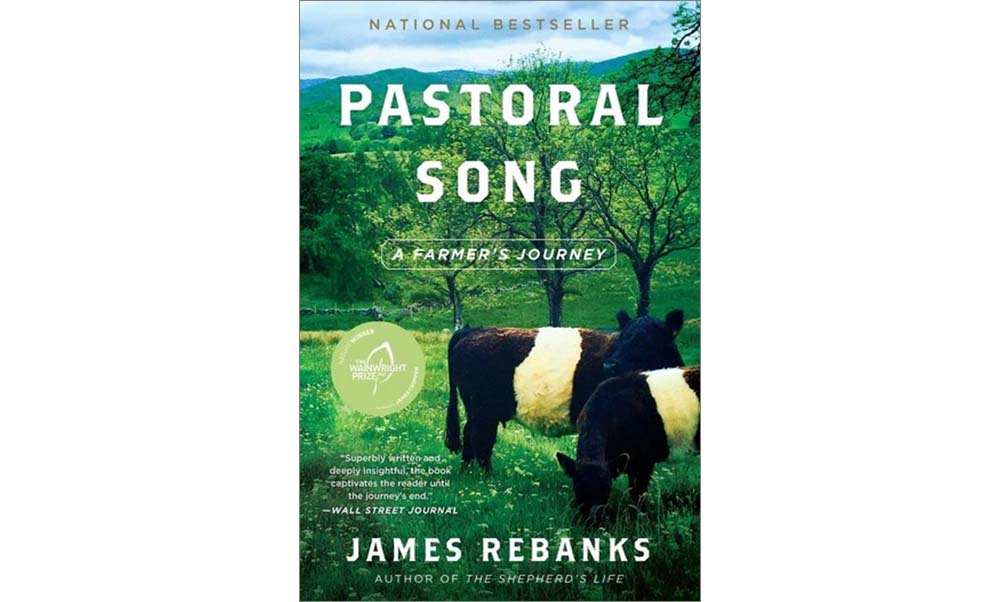
The author: James Rebanks runs a family-owned farm in the Lake District in northern England. A graduate of Oxford University, he works as an expert advisor to UNESCO on sustainable tourism.
The book: “Pastoral Song (published in the UK under the title English Pastoral) is the story of an inheritance: one that affects us all. It tells of how rural landscapes around the world were brought close to collapse, and the age-old rhythms of work, weather, community and wild things were lost. And yet this elegy from the northern fells is also a song of hope: of how, guided by the past, one farmer began to salvage a tiny corner of England that was now his, doing his best to restore the life that had vanished and to leave a legacy for the future.”
Our take: Rebanks himself is an English farmer from a line of English farmers, and he has witnessed the industrialization of his trade (or is it a craft?) in past decades and the destruction that process has wrought. He has also gone on a journey, as he describes in his book, to repair that damage and to work with ecologists to keep his farm viable while also making space for other living creatures to thrive. For ecology-minded readers who lack direct connections to food producers, this is good insight into the farming world and its needs – and how we can (and should) all work together to build the future we dream of.
Banzeiro Òkòtó
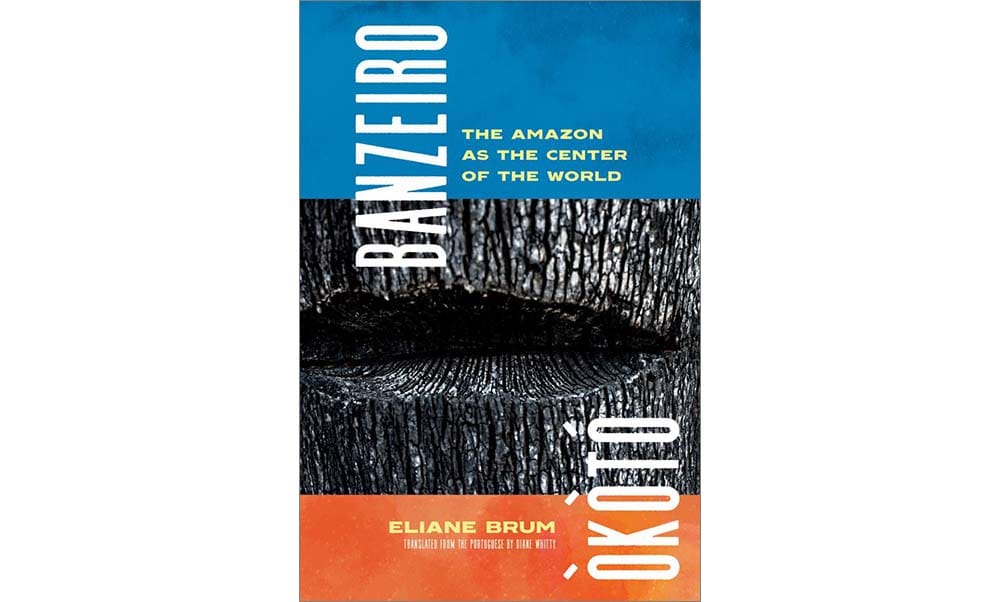
The writer: Eliane Brum is an award-winning Brazilian journalist, writer and documentarist.
The book: “In lyrical, impassioned prose, Brum recounts her move from São Paulo to Altamira, a city along the Xingu River that has been devastated by the construction of one of the largest dams in the world. In community with the human and more-than-human world of the Amazon, Brum seeks to ‘reforest’ herself while building relationships with forest peoples who carry both the scars and the resistance of the forest in their bodies.”
Our take: This a challenging read, not so much for the language as for the stories it tells. The violence that has been forced upon the Amazon ecosystem has been forced upon its people, too – and indeed, Brum explains, they're one and the same. “But this isn't what I write about – or it is, but not primarily,” she writes. “I write about resistance. About how to make life possible despite all the many forms of death – or, in the case of the original peoples in Brazil, despite efforts to kill them in every way possible for more than five hundred years.”
Want more reading ideas? Here you go:
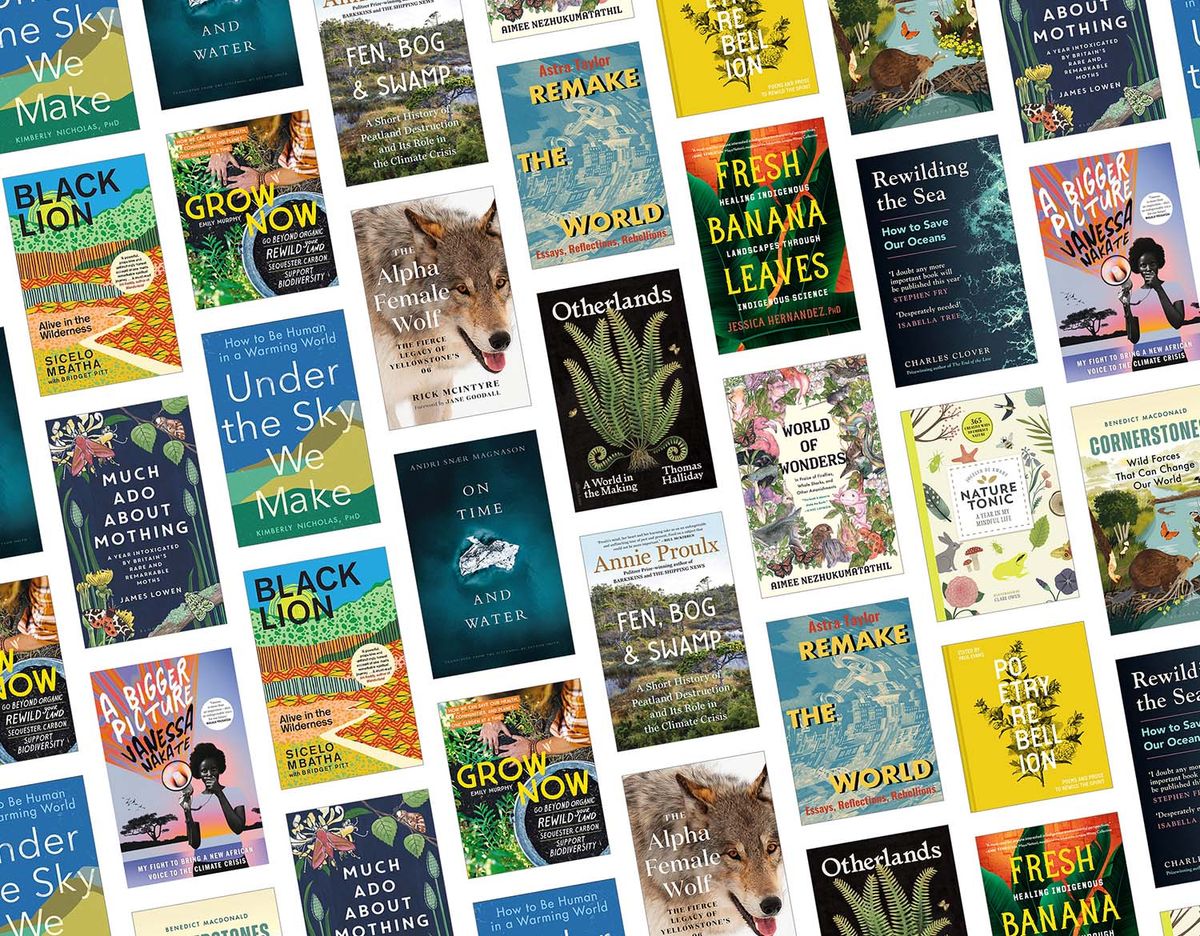
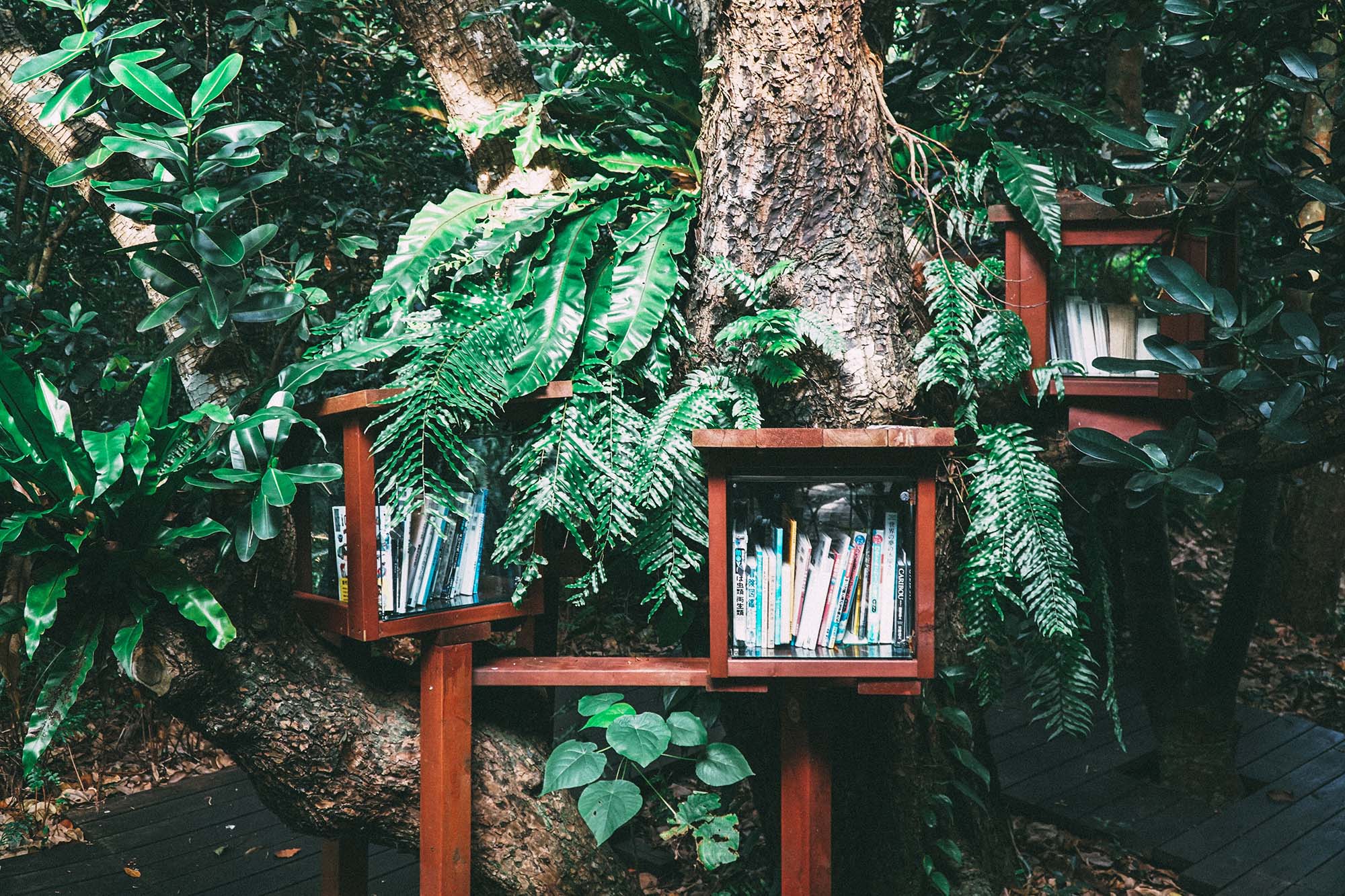
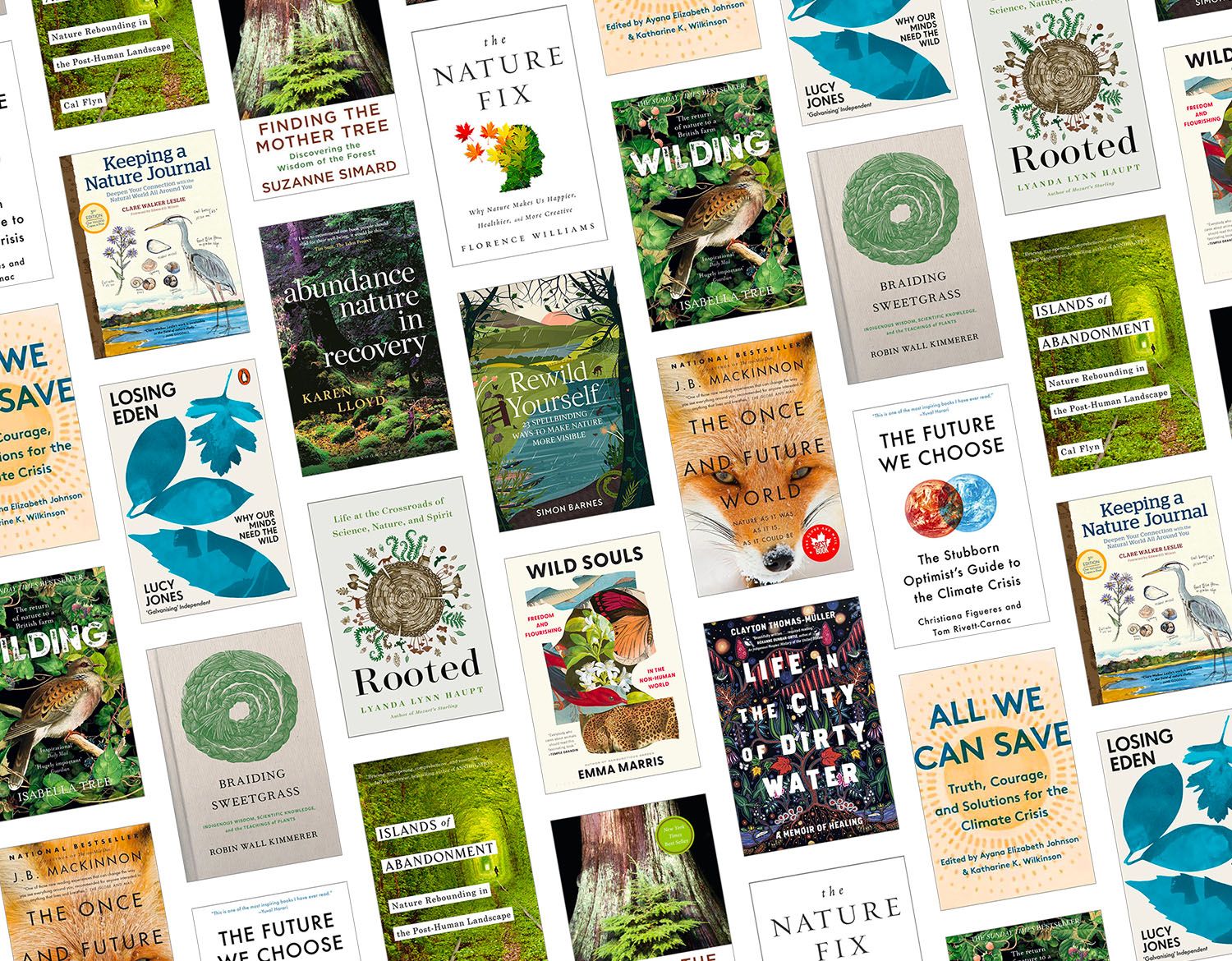



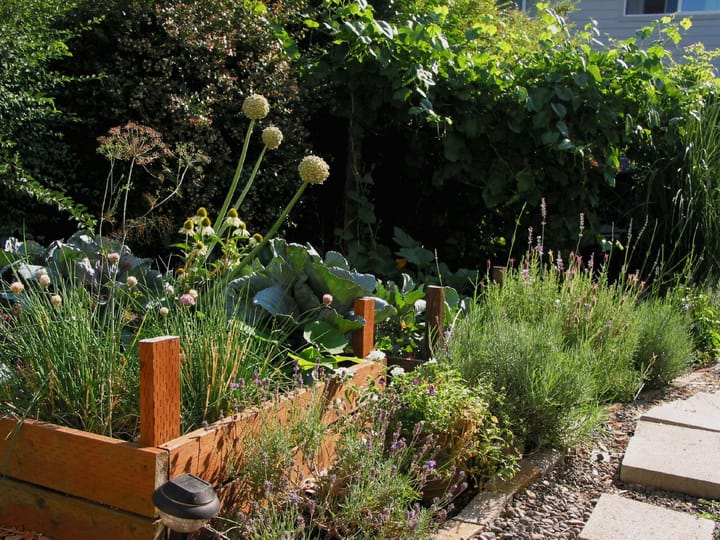


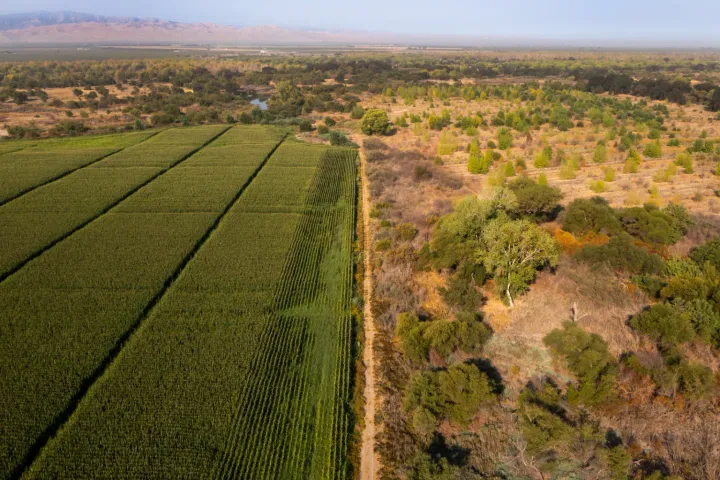
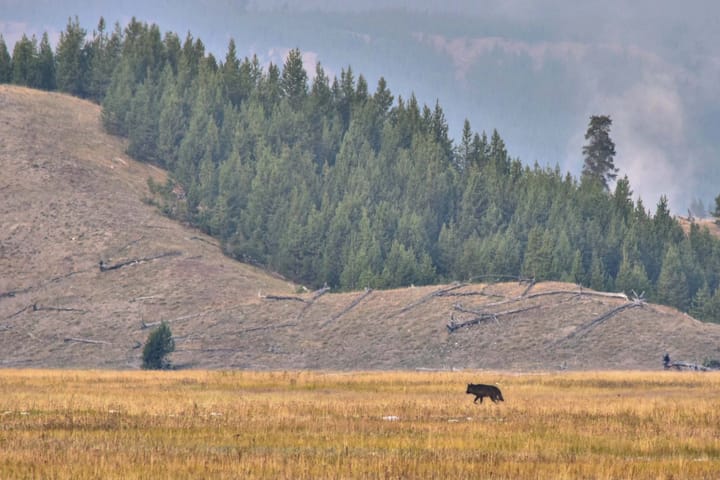
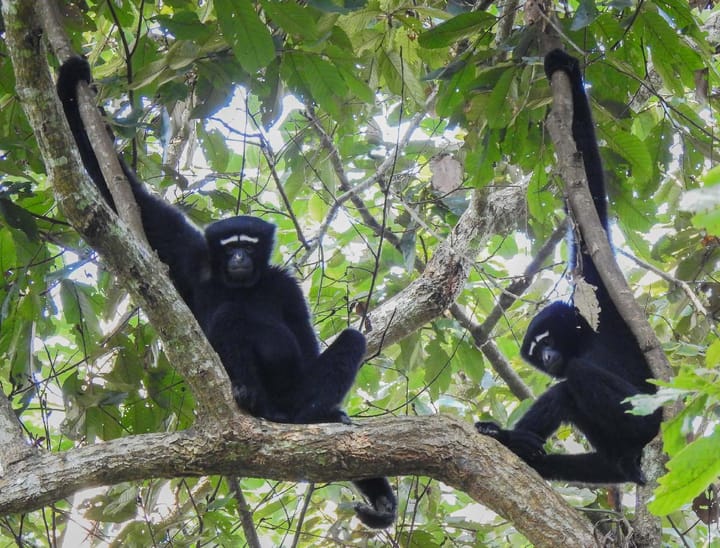
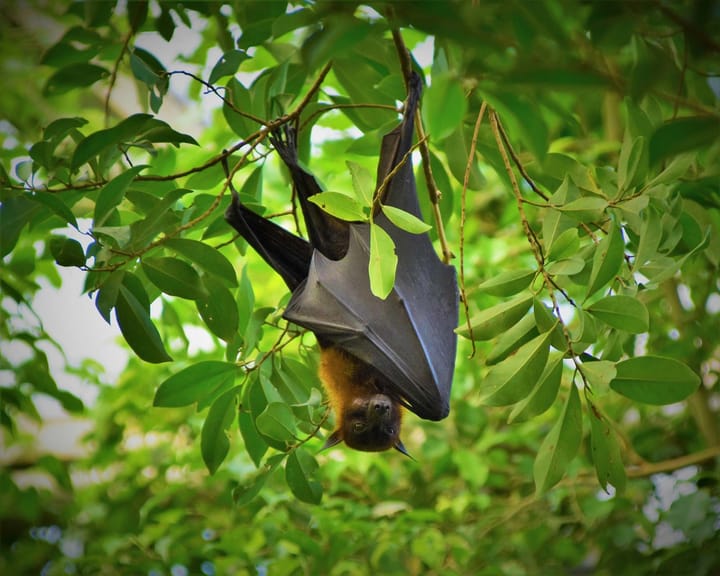
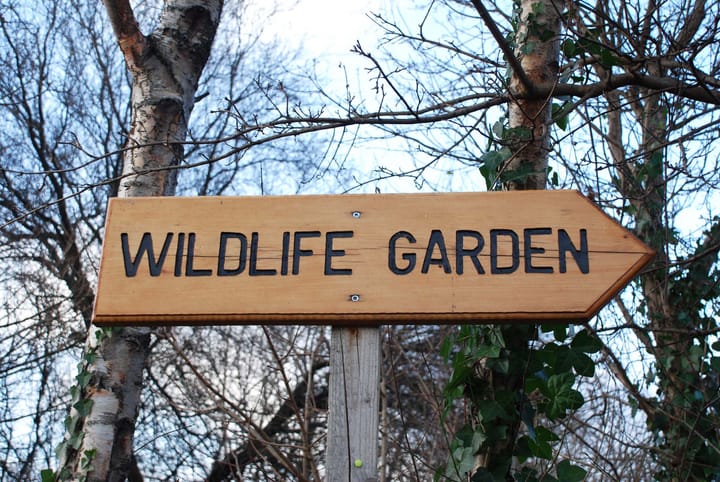
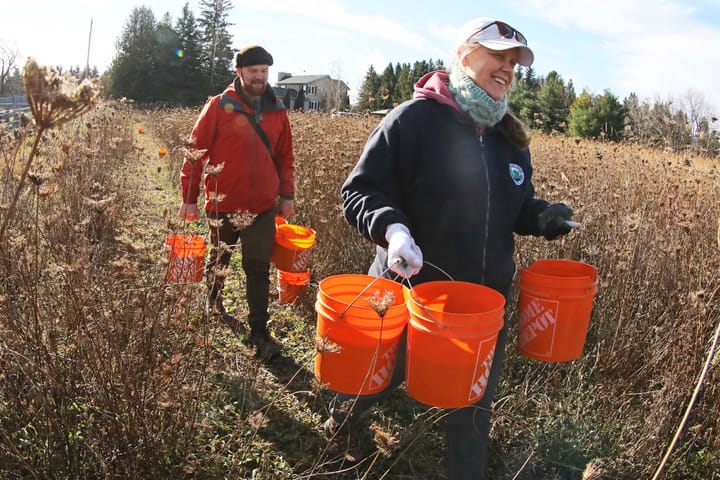
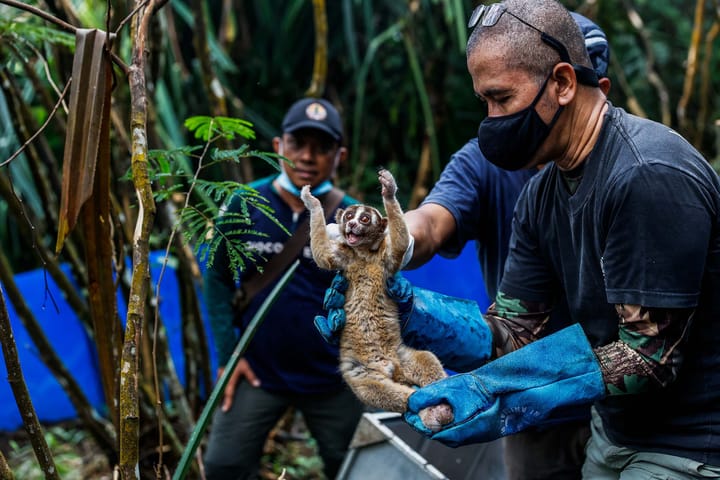
Comments ()